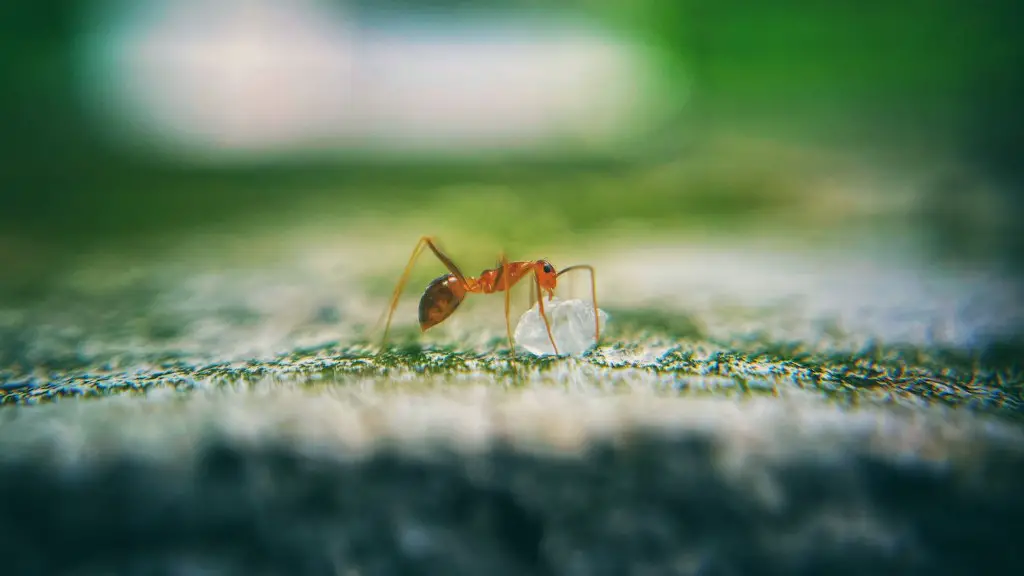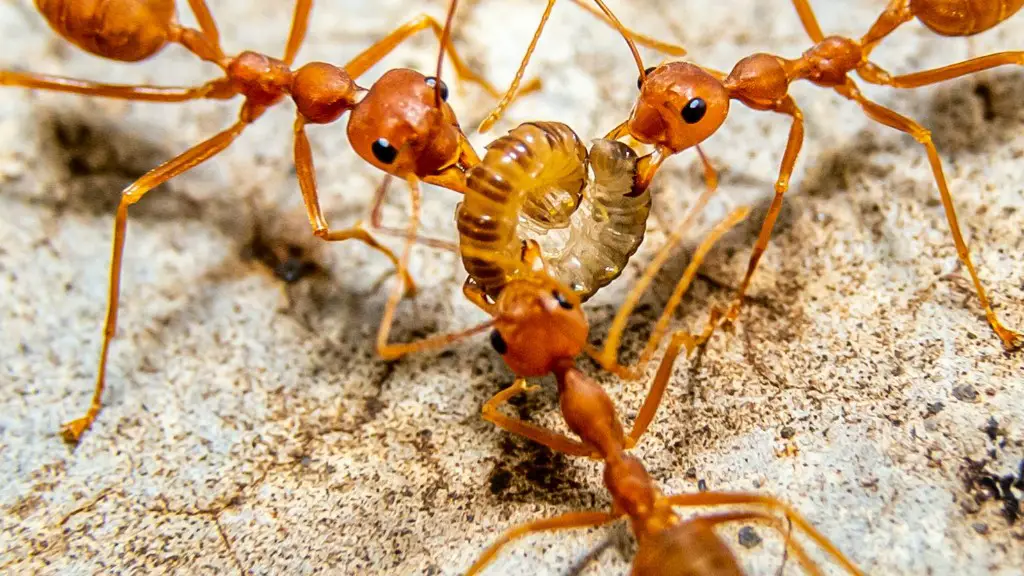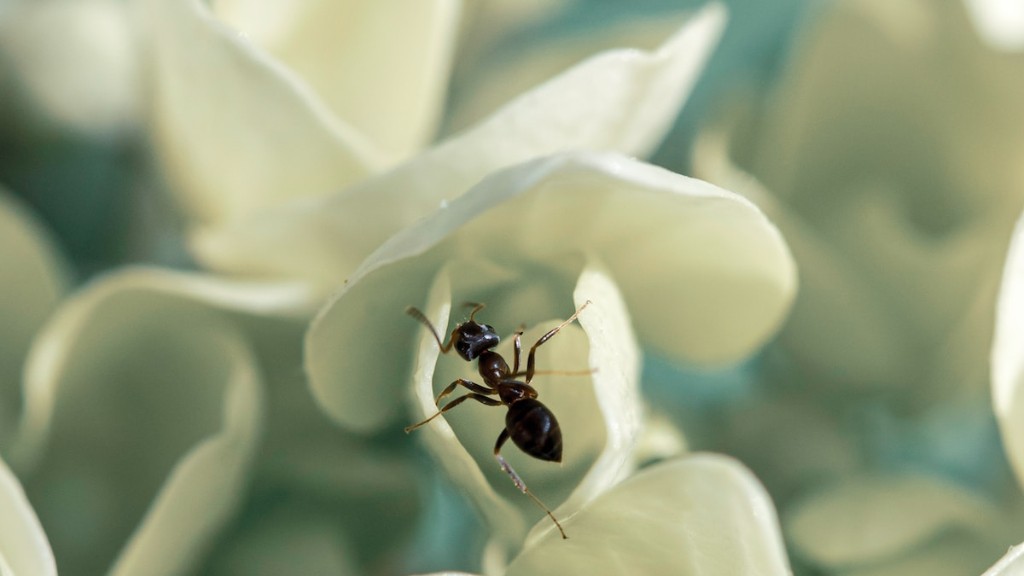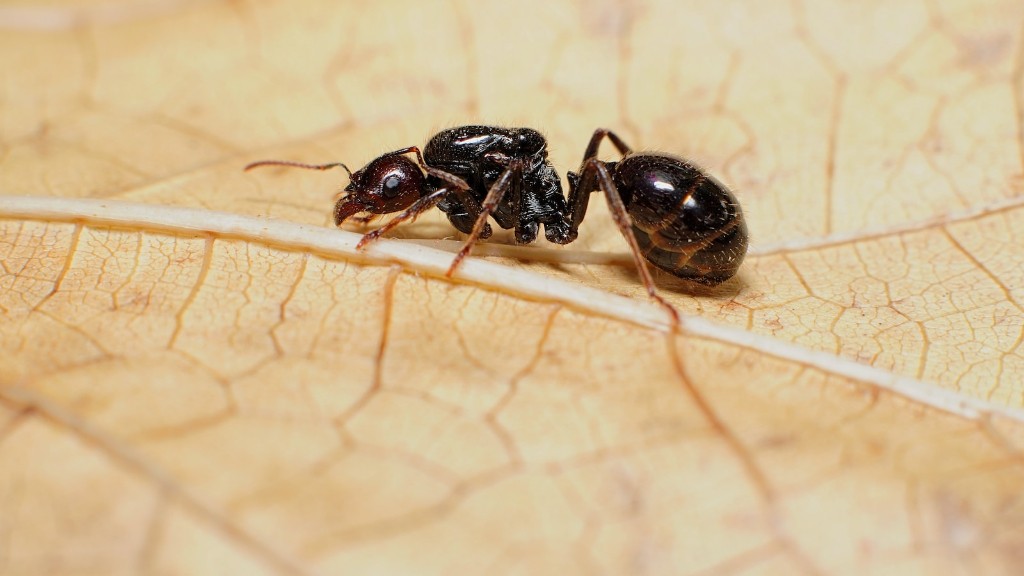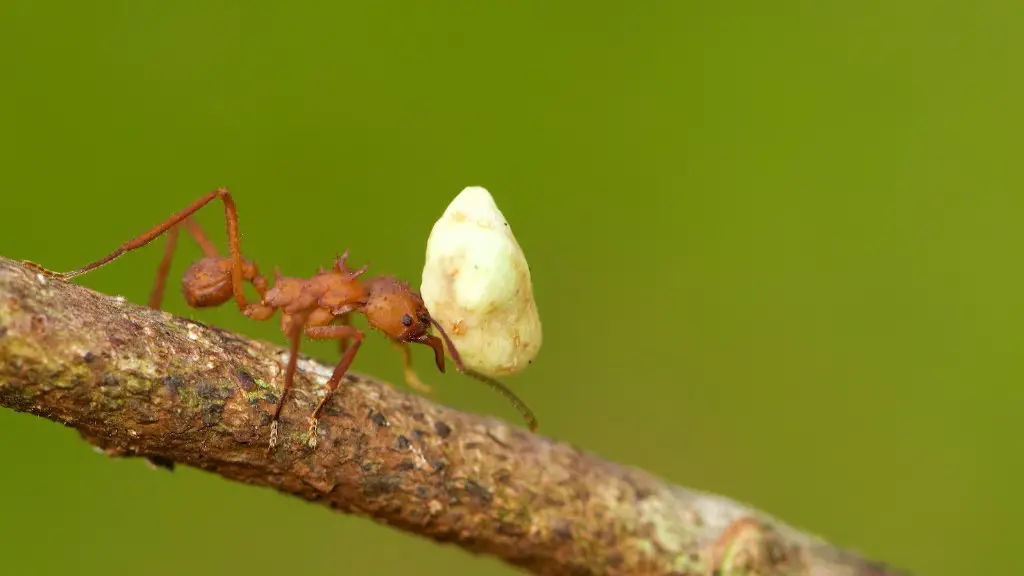Crawling small black ants can be a nuisance inside the house. They often come on the kitchen countertops and make their way up walls. The telltale ant trail they leave as they march across the walls and furnishings is not only annoying but also indicative of a serious infestation. To prevent these pests from getting any deeper into the house, we need to figure out how to get rid of small black ants in the house.
One of the most difficult challenges that homeowners face when trying to control small black ant infestations is identifying the source. Small black ants, or odorous house ants, typically enter the house through cracks, crevices, or gaps in foundations or walls. Finding the source of the infestation is the first step towards successfully eliminating it.
Once the source of the infestation has been identified, the next step is to take measures to physically control the infestation. This includes sealing cracks and crevices, removing infected materials such as wood, and filling any gaps or cracks in the home that may provide entry points into the home. Additionally, it is important to clean up any food crumbs, spills, or other attractants inside the home that might be feeding the ant population.
The next step is to eliminate the ants that are already in the house. This involves setting up ant baits, which are available in most home and garden stores, in areas where the ants have been seen. Ant baits contain bait that the ants will take back to their nest, killing the entire colony. This is a slow process, so patience is key and multiple applications may be needed. Additionally, insecticides can be used to kill small black ants and disrupt their nest sites.
Finally, homeowners should be proactive in preventing ants from entering the home in the future. A key step to accomplishing this is to trim grass, trees, and shrubs that are close to the house, as these provide ideal pathways for small black ants to enter the house.
Preventative Measures
To prevent small black ants from entering the house, it is important to take preventative measures. These include sealing entry points into the house with caulk or weatherstripping, making sure that all windows and doors are properly sealed, and replacing any torn or damaged screens on windows and doors. Additionally, it is important to regularly monitor the perimeter of the home for signs of ant activity, such as trails or nests.
In addition to monitoring the exterior of the house, homeowners should also regularly inspect the interior for signs of ant activity. This includes checking for any food crumbs or spilled liquid that might be attracting the ants as well as looking for any cracks or crevices that the ants might be entering the house through. If any ant trails are detected, it is important to follow them back to the source of the infestation in order to identify any entry points that need to be sealed.
It is also important to practice good sanitation within the home in order to reduce the likelihood of an ant infestation. This includes regularly cleaning floors and countertops, sweeping, vacuuming, and mopping. It is also important to store all food in airtight containers and to empty trash cans frequently. By taking these preventative measures, homeowners can help reduce the chances of having a small black ant infestation in their home.
Biological Control Methods
If the traditional methods of getting rid of small black ants are not successful, homeowners should consider natural or “green” approaches such as biological control methods. This involves the use of beneficial predatory insects like parasitic wasps, lacewings, and ladybugs which feed on the eggs and larvae of small black ants. Additionally, mint or garlic can be used to repel ants from the home.
Borax is a natural substance that can also be used to eliminate small black ants. To do this, it must be mixed with sugar or another sweetener and placed where the ants are coming in. The ants will come in contact with the borax mixture and bring it back to their nest, where it will slowly poison the entire colony.
Plantingants like marigolds and English daisies in the garden can also help repel small black ants, as they produce substances that interfere with ant communication. The use of diatomaceous earth is another natural approach to eliminating small black ants. When applied to the areas where the ants are entering the home, the sharp edges of the diatomaceous earth particles act like cuts on the ant’s body, causing them to dehydrate and die.
Chemical Insecticides
Insecticides can also be used to kill small black ants. These insecticides are typically made up of synthetic chemicals that act quickly and effectively to kill the ants. When choosing an insecticide, it is important to read the label carefully to make sure that it is safe to use inside the home. Additionally, insecticides should always be applied according to the instructions on the label.
If insecticides are used inside the home, it is important to take safety precautions such as wearing protective clothing, avoiding contact with the eyes and mouth, and ventilating the area during and after the use of the insecticide. Additionally, the insecticide should be applied directly to the ants, not to any food preparation areas, dishes, or utensils. It is also important to ensure that small children and pets are not present in the area while the insecticide is being applied.
Ongoing Maintenance
Getting rid of small black ants can be a difficult and ongoing challenge for homeowners. Therefore, it is important to implement ongoing maintenance practices in order to reduce the likelihood of an infestation. This includes regularly inspecting the perimeter of the house for signs of ant activity, sealing or caulking any entry points, and preventing the growth of vegetation such as shrubs and trees that might provide trails for ants.
Additionally, maintaining proper sanitation in the home is key. This includes regularly cleaning floors, countertops, and bathrooms. It is also important to keep all food in airtight containers, empty trash cans frequently, and make sure to pick up any food crumbs or spills. By regularly following these maintenance practices, homeowners can help prevent future ant infestations in their home.
Regularly Inspecting the Home
Regularly inspecting the home for signs of ant activity is an important step that should not be overlooked when controlling small black ants. Inspecting the interior and exterior of the house for sources of infestation is an essential part of the control process. When inspecting the interior, it is important to look for food crumbs, spills, or any other attractions that could be feeding the ant population.
Additionally, it is important to inspect the perimeter of the house for any cracks, crevices, or gaps that might provide entry points into the home. Any cracks or crevices should be sealed clogged with a suitable sealant. It is also important to inspect the foundation and exterior walls of the house for signs of ant activity and to trim back any vegetation that might be providing a pathway for ants.
By regularly inspecting the home and practicing proper sanitation, homeowners should be able to successfully eliminate small black ant infestations and prevent them from returning. While the process for getting rid of small black ants can be time-consuming and tedious, it is essential to maintain proper control in order to protect the home from further infestations.
